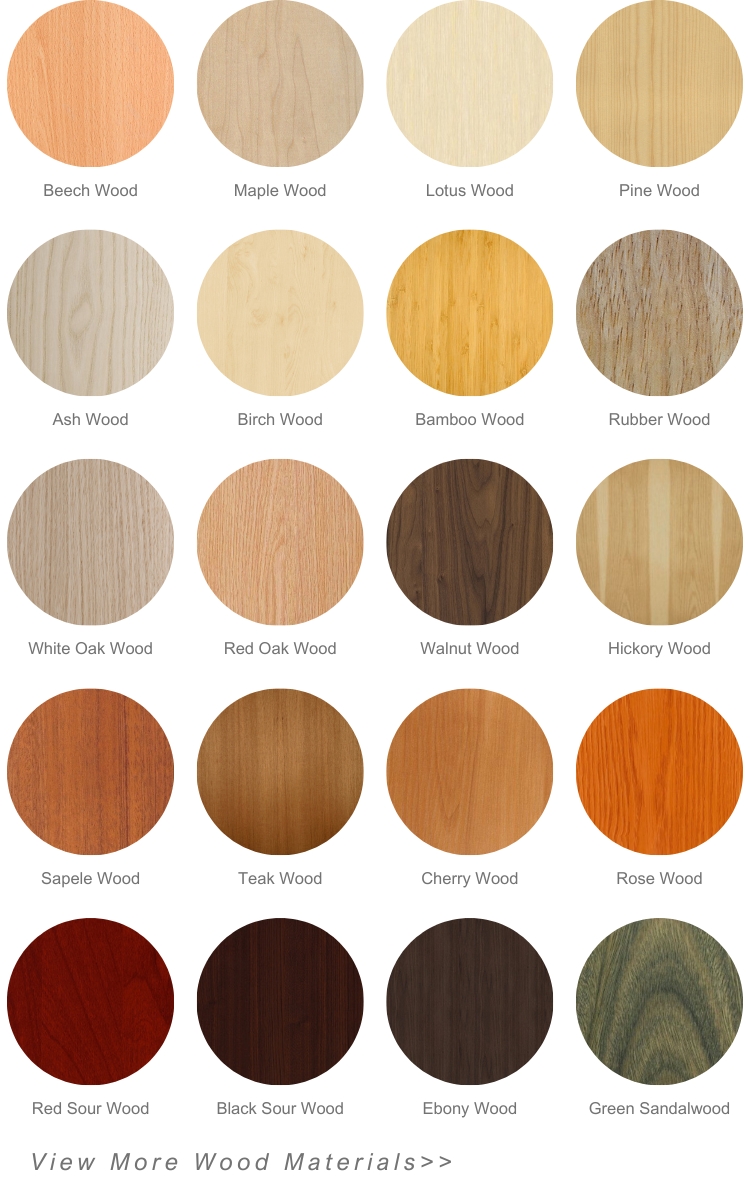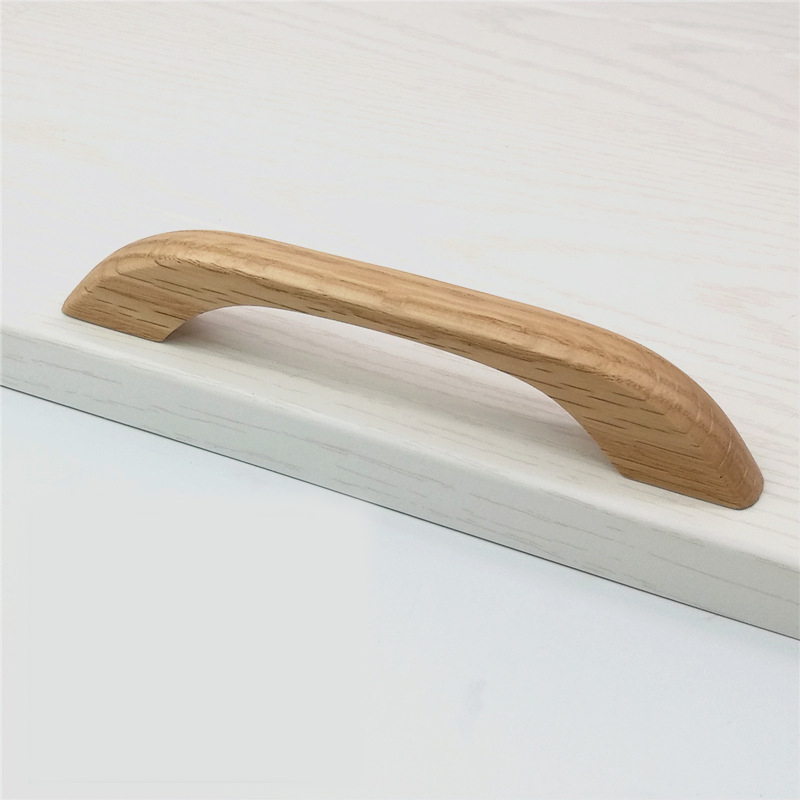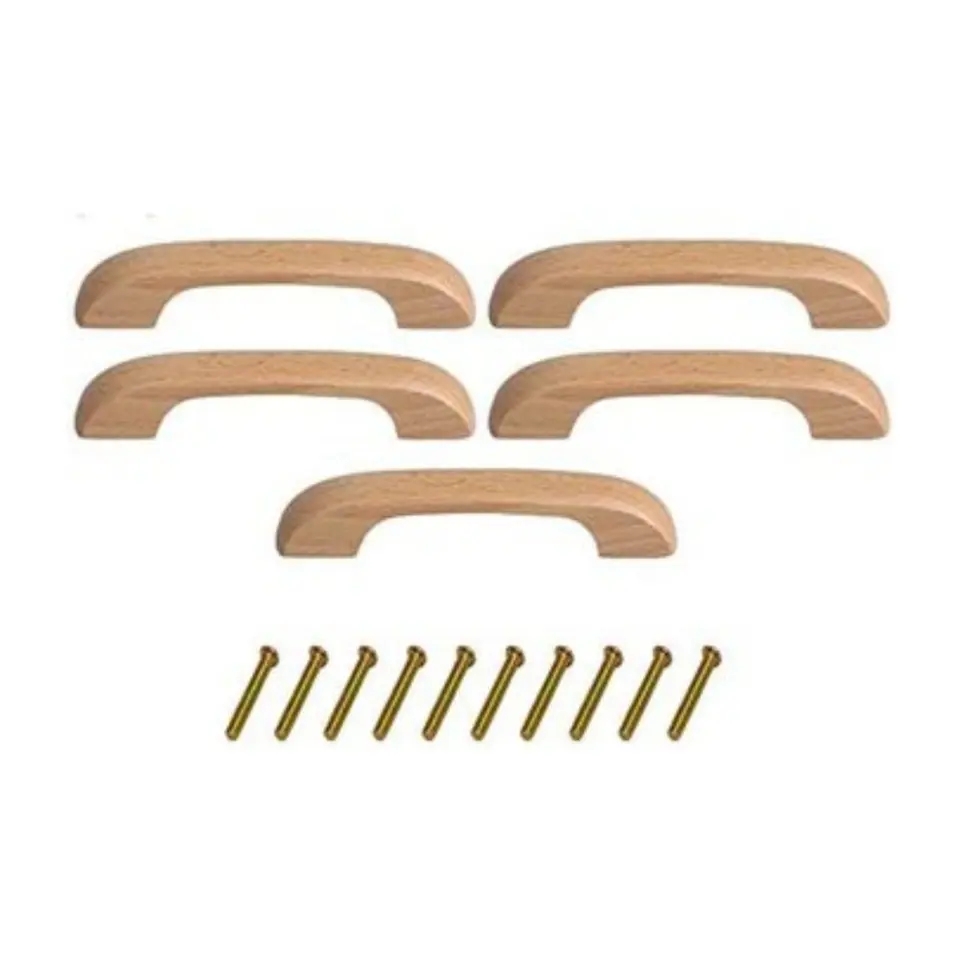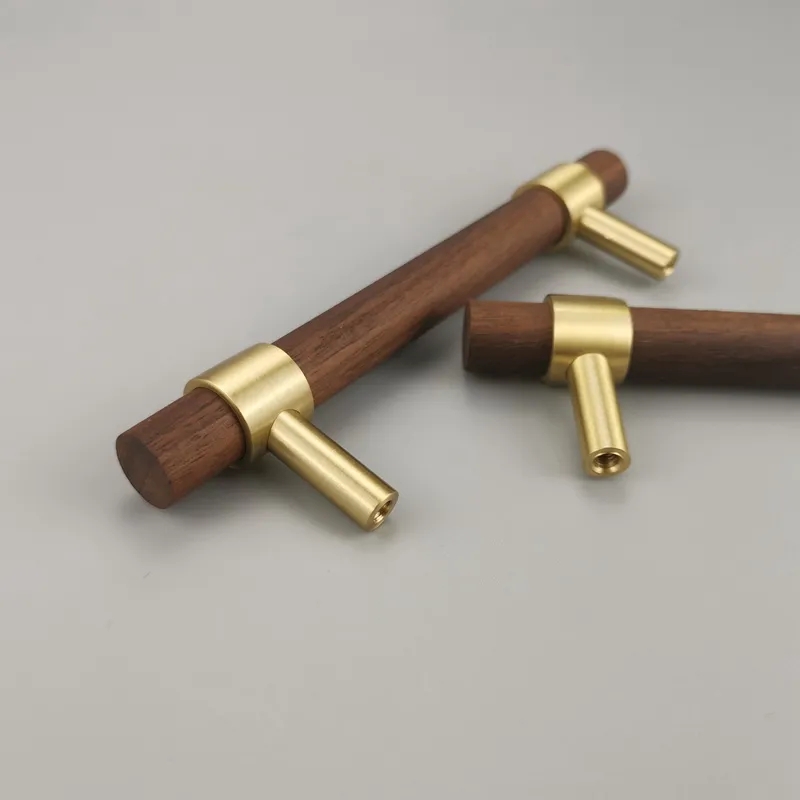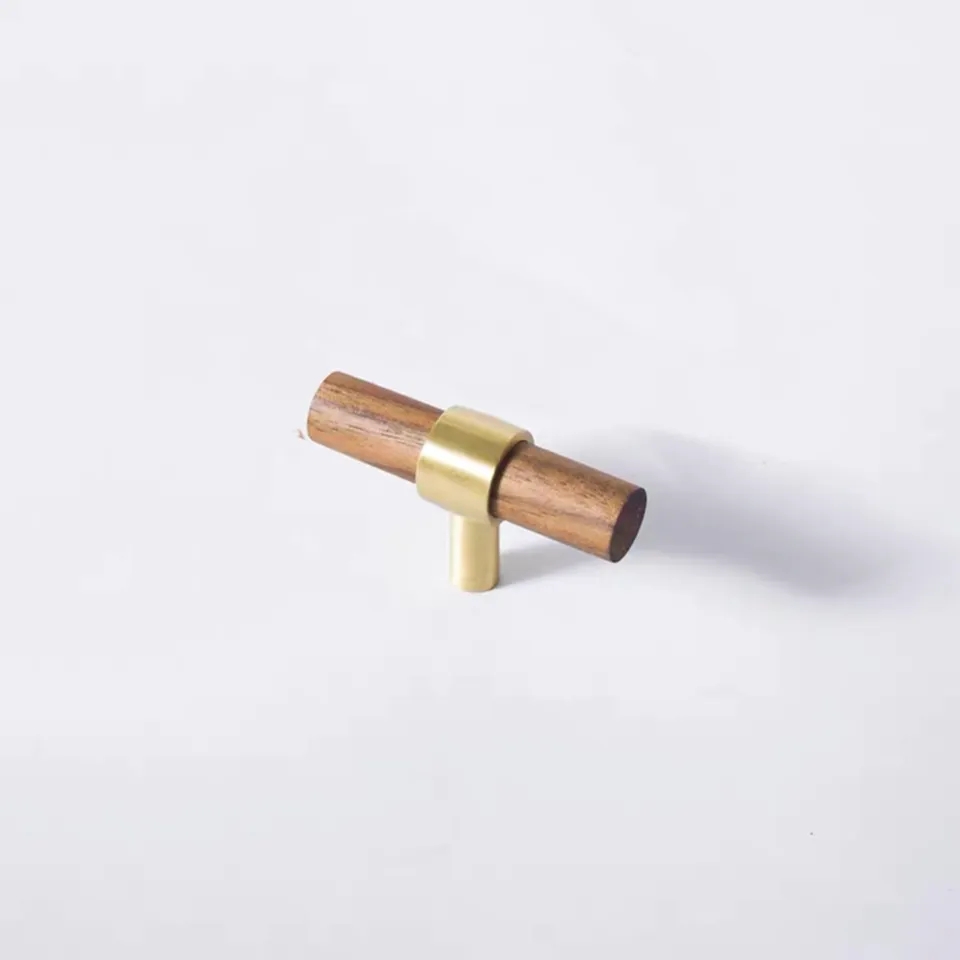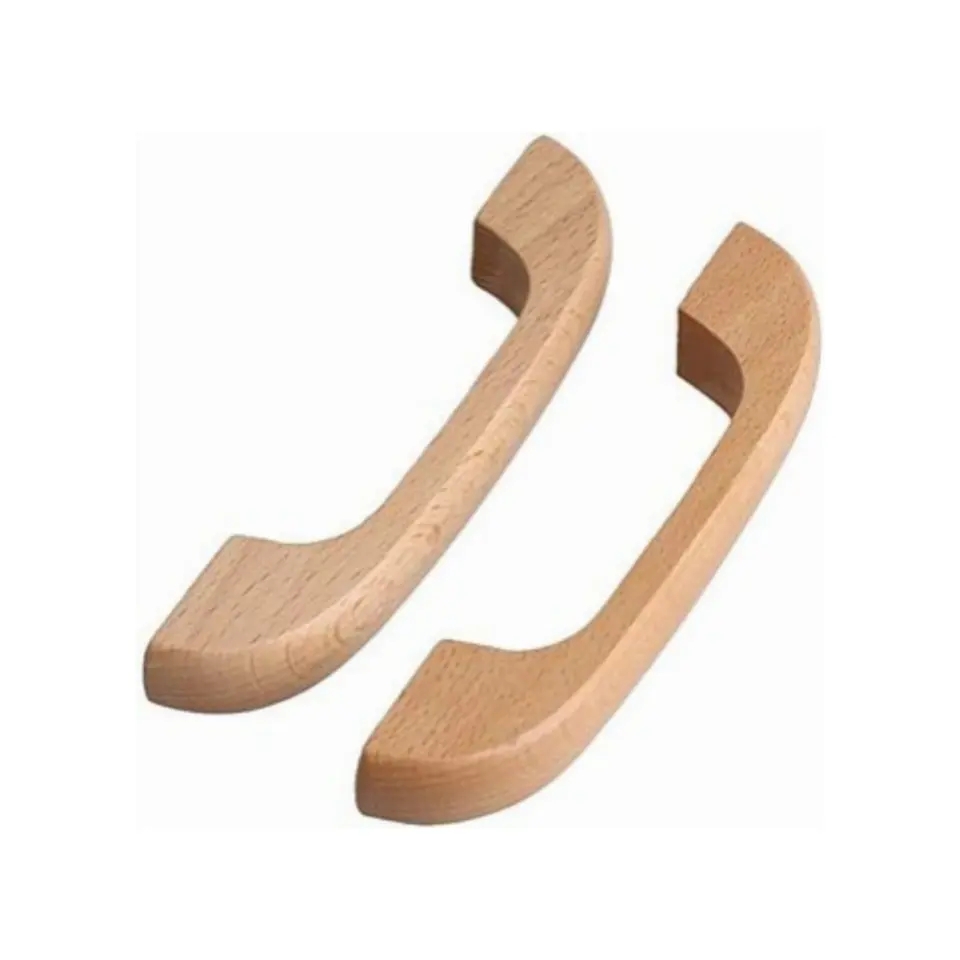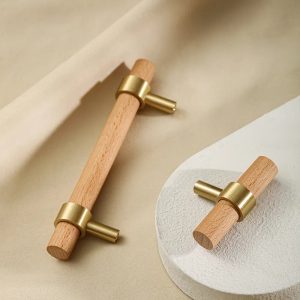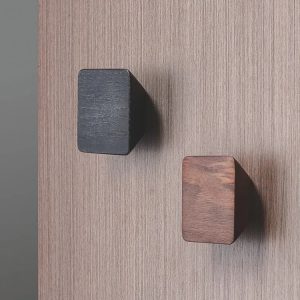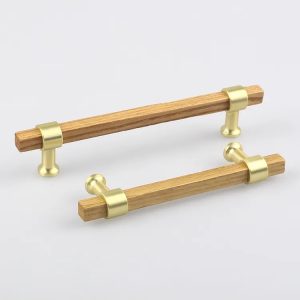“Wooden Handles: The Art of Merging Beauty and Function”
Introduction: Wooden handles have evolved into a canvas for the seamless integration of beauty and practicality, leaving a distinct mark in various domains. In this article, we delve into the unique advantages that wooden handles bring forth, effortlessly fusing tactile comfort with an eco-conscious mindset. As we embark on this exploration, we unravel the craftsmanship and utilitarian excellence that define wooden handles.
A Natural Embrace of Comfort: The innate warmth and texture of wooden handles offer a comfortable grip that naturally aligns with the user’s hand. This tactile bond enhances user comfort and ensures a secure hold, reducing the risk of accidents. Whether handling precision tools or kitchen implements, the tactile experience of a wooden handle elevates the overall user interaction.
Timeless Aesthetic Allure: The intricate grain patterns and rich hues of diverse wood species confer an ageless charm upon wooden handles. Their visual allure transcends fleeting trends, rendering them suitable for both traditional and modern settings. Wooden handles contribute an aesthetic appeal that captivates, resonating with those who value the harmonious fusion of form and function.
Durability and Resilience: Crafted from carefully chosen wood, wooden handles inherently embody durability and longevity. When treated and finished thoughtfully, they withstand the rigors of daily use, enduring rigorous tasks and exposure to moisture. This durability translates to reduced maintenance and replacement costs, making wooden handles a sustainable and economical choice over time.
Eco-Friendly Excellence: In a world increasingly attuned to environmental concerns, wooden handles emerge as an eco-conscious alternative. Often sourced from responsibly managed forests, they carry a smaller carbon footprint compared to synthetic counterparts. Furthermore, their biodegradability minimizes their impact on landfills, aligning seamlessly with sustainable practices.
Craftsmanship and Personalization: Wooden handles provide an avenue for creative expression and personalization. Craftsmen can expertly shape and carve them into diverse designs, catering to ergonomic needs and individual preferences. This adaptability empowers the creation of tools and objects that not only function optimally but also embody the unique style of their users.
Utility Beyond Appearance: Beyond their visual and tactile attributes, wooden handles offer tangible benefits. Their low heat and electricity conductivity make them a safe choice for tools requiring insulation. Additionally, they possess vibration-absorbing properties, enhancing comfort during extended use. These practical features contribute to heightened user safety and overall satisfaction.
Conclusion: Wooden handles epitomize the artful fusion of aesthetics and utility, earning their well-deserved place across various industries. With their inherent comfort, timeless allure, durability, and eco-friendly credentials, these handles encapsulate the essence of finely crafted tools and objects. As consumer preferences continue to lean towards sustainable and visually pleasing options, the enduring allure of wooden handles persists, embodying the graceful balance of aesthetics and utility.

